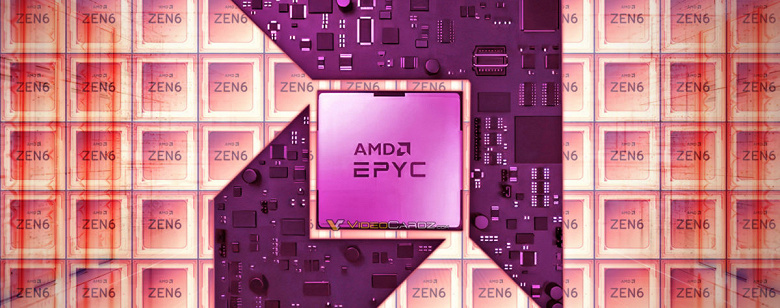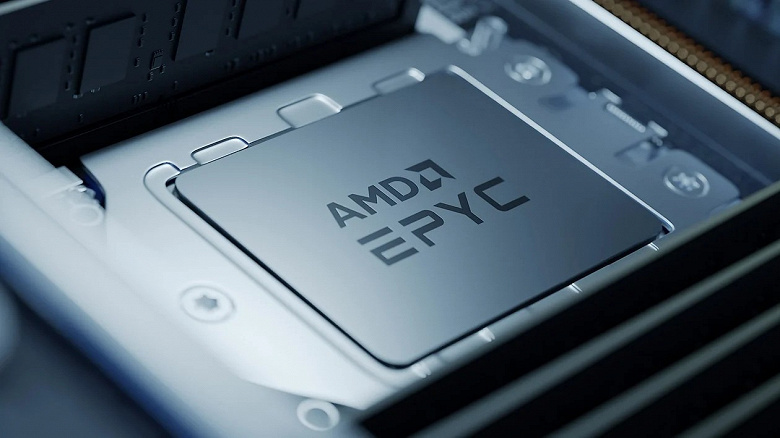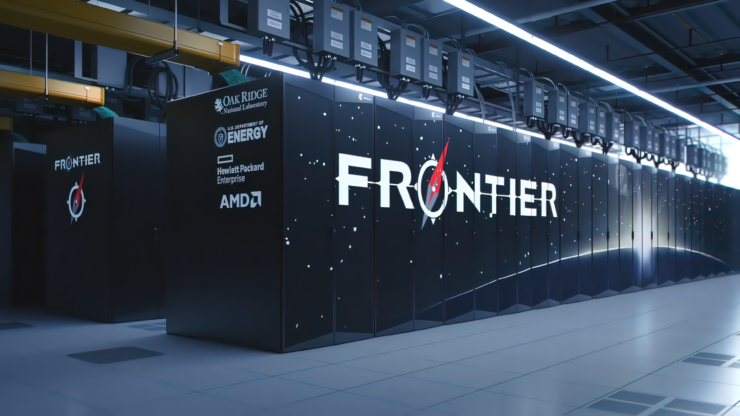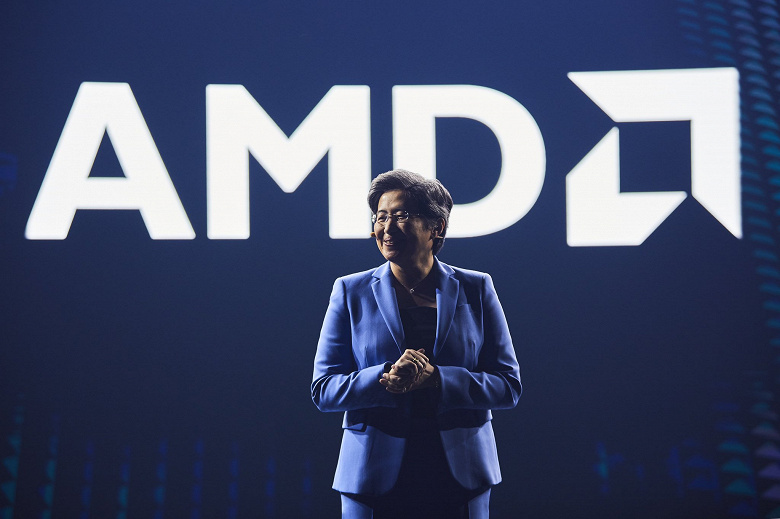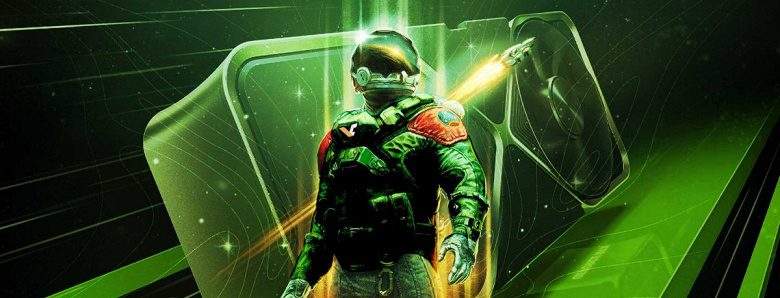AMD Unveils Radeon Boost + and DLSS Response in Spring Adrenaline Driver Update
We’ve already pointed out to our readers that AMD never released its traditional major graphics driver update last year, so all builds released this year are still in the Adrenalin 2020 Edition. There seems to be a good reason.

